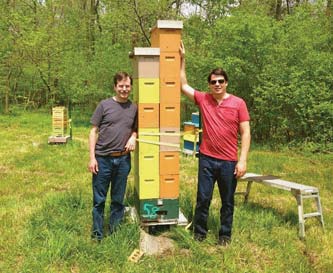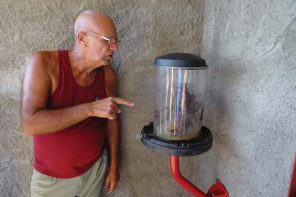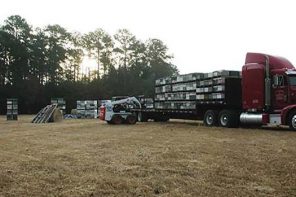By: Krispn Given, Greg Hunt
Targeting A Single Gene Responsible For Grooming Behavior In The IN Mite-Biter Strain
Honey bee researchers at Purdue university and the University Guelph School of Environmental Sciences have isolated a gene associated with grooming behavior! With virus vectoring Varroa mites in about 90% of U.S. honey bee colonies most beekeepers, especially commercial, rely on some form chemical compound or miticide like amitraz to eradicate them. The importance of keeping honey bee populations alive through selective breeding is significant because one-third of our food depends on them! Among the vast numbers of pollinators, the Western honey bee is the most important pollinator globally.
This recent publication demonstrates that IN mite-biting bees have decreased Winter mortality compared to some commercially available stocks many commercial and hobbyist rely on. The mitebiters colonies survived three times higher than the Italians in this study conducted at Purdue University. Beekeepers can help reduce the population of Varroa with the mite-biter bee that researchers are breeding to resist them. But even more significant was that Nerexin-1 gene expression corelated with the proportion of mutilated mites from the mite-biting bees mandibles! Some say bee breeding is like breeding sheep to resist wolves but sheep cannot kill wolves – bees can certainly kill mites.
“The aim of this study was to assess the effi cacy of selecting for increased mutilation of V. destructor mites as a tool to breed V. destructor resistant bees and the possible involvement of AmNrx-1 in mite biting behavior. We expanded the evaluation of the Indiana mite biter stock by comparing it with an Italian commercial genotype for V. destructor mutilations, mite population growth, and Winter survival. We also correlated mite population growth and the proportion of mutilated mites with the expression of AmNrx-1 in bees, to assess the value of this gene as a potential marker of V. destructor resistance.”
Link to the Apidologie publication: https://link.springer.com/content/pdf/10.1007/s13592-019-00710-y.pdf







